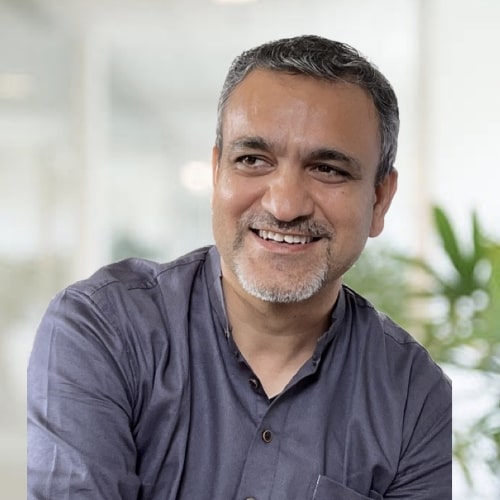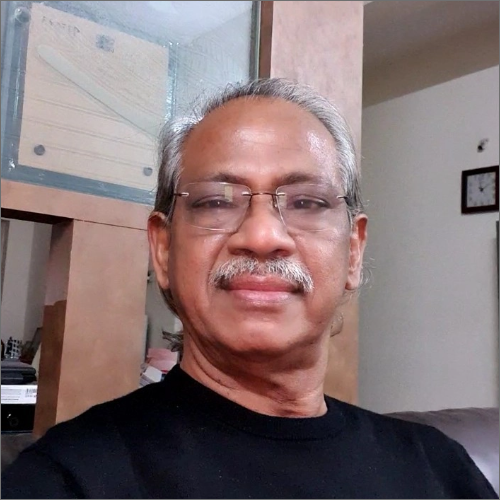
Resources
Definition of Organisation Development (OD)
It has been 14 years since I started my practice of Organisation Development (OD). As a student of OD, what perplexed me the most was that there is no standard definition of OD – every text book has its own definition. It is not surprising, considering OD is such a multi- disciplinary topic – ranging from Behavioural Science, Sociology, Anthropology, Psychology (in particular Organisation Psychology & Group Dynamics Theories), along with concepts of Systems Thinking, Learning Theories, Change Management and Coaching.
Incidentally, most of these definitions speak about OD as a Practice and not about the Practitioner. And to me, the “role” and the “being” of a practitioner is as essential in defining OD as much as is the process of it. After being in this practice for years, here is my attempt to put together a simplistic yet holistic definition of OD.
Organisation Development (OD) as a field teaches us to look beyond the obvious. It means to go beyond simple causality, look at multiple realities, use systems thinking approach, understanding the cultural nuances of the context and then approximate a diagnosis and co-create the solutions along with the client system. And NOT get seduced to become the know-all solution provider (which anyway most organisations are looking for).

By – Ameet Mattoo
12th March 2023
ODCP APC Member
ODCP 2023-25
OD Consultant & Coach
Founder Think Change Consulting
Professional Member ISABS



